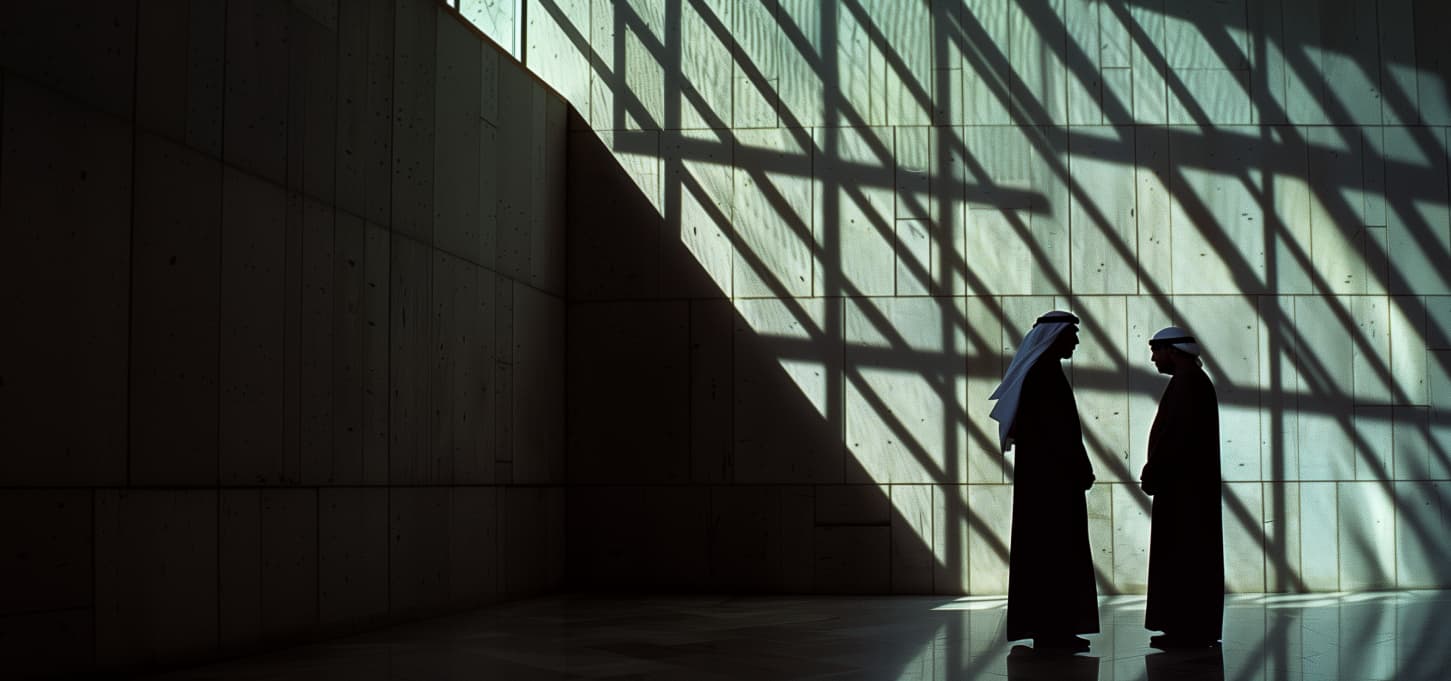
Factors Affecting the Result of Polymer Application
Explore the factors influencing polymer-amended soil stabilization, including polymer types, quantities, soil properties, and environmental considerations for optimal results.
20
/ 100

Discover the two primary methods of soil stabilization using polymers: the Mechanical Method for deep stabilization and the Spraying Method for surface applications.
Polymers can be used to enhance soil stability through two primary methods: the Mechanical Method and the Spraying Method. Each method has distinct processes, equipment requirements, and applications tailored to specific soil types and stabilization needs.
The mechanical method involves mixing diluted polymer directly into the soil. The quantity of polymer is calculated based on the depth of the soil layer that requires stabilization. Once the polymer is thoroughly mixed with the soil, compaction is applied to increase the mixture’s density and ensure a homogenous, stable structure.
Process:
Best Use Cases:
The spraying method involves applying diluted polymer directly to the soil surface. The solution is sprayed in calculated amounts to penetrate and fill the voids within the targeted soil depth. Unlike the mechanical method, compaction is usually unnecessary if the native soil structure is undisturbed.
Process:
Best Use Cases:

At Tathbeet, we offer expert guidance and execution for both mechanical and spraying methods of polymer stabilization. Our team ensures:
Whether your project demands deep stabilization or quick surface treatment, Tathbeet is your trusted partner in soil stabilization. Contact us today to discuss your requirements and learn how we can transform your soil challenges into success stories.
Explore Tathbeet’s latest blog posts & content

Work with Us
Tathbeet's exclusive CRM for construction: Manage projects, invoices, and clients seamlessly.
SoftStationCopyright © 2024 Tathbeet - All Rights Reserved.
Designed & developed by effekt.designSolutions
Projects